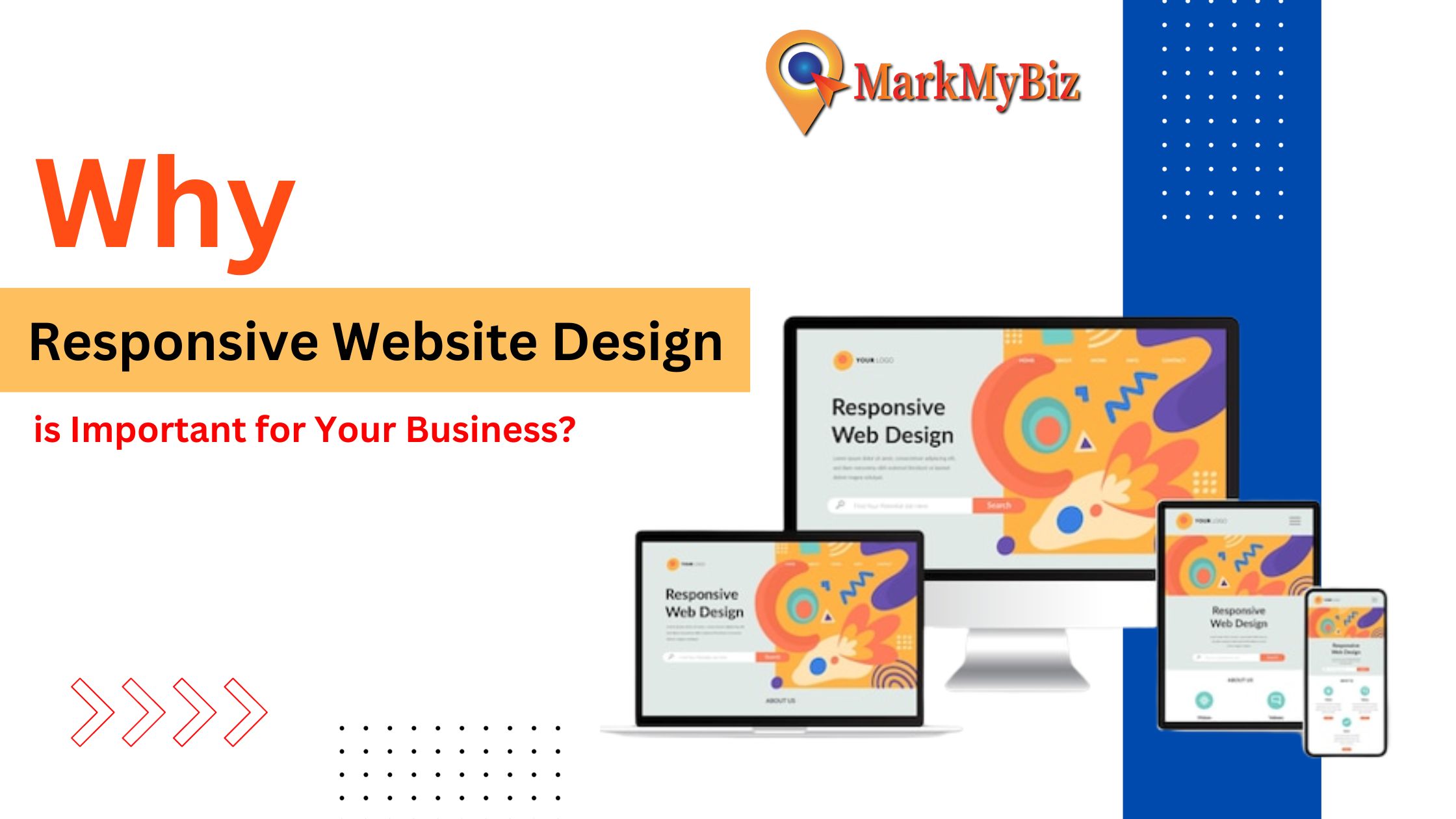In today’s digital era, it’s important to stay updated on effective strategies for boosting organic traffic to your website. While industry buzzwords like SEO-friendly website design, technical SEO, and image optimization are commonly used, they can be daunting for newbies.
This article will delve into why having an SEO-friendly website matters and offer easy-to-follow steps to achieve it, using language that is simple and easily understandable.
In the fast-paced world of digital advancements, keeping abreast of techniques to enhance organic traffic on your website is key. Though terms like SEO-friendly website design, technical SEO, and image optimization are frequently tossed around in the industry, they might overwhelm those who are new to the field.
This article aims to underscore the importance of crafting an SEO-friendly website design. It provides a straightforward guide on how to accomplish this in a language that is clear and uncomplicated.
What is an SEO Friendly Website Design?
In Simple Language, an SEO-friendly website ensures that search engine crawlers can easily assess the site and understand its structure and content.
Now, let’s delve into the process of creating SEO-friendly websites design and explore their key characteristics:
Unique Meta Titles and Meta Descriptions for all Pages
To optimize a website for SEO, each of its web pages needs unique meta titles and descriptions. Typically, titles should fall within the 50-60 character range, while descriptions can extend up to 155 characters. These titles play a critical role in search engine indexing, providing visitors with precise information about the webpage’s content.
Clean & SEO Friendly URL Structure
Assure that your web page’s URL adheres to best practices for search engine indexing by keeping it clean and following certain guidelines. For permanent links, they must be in all lowercase, descriptive, separated by dashes, and ideally incorporate keywords naturally to enhance visibility.
Fast Loading Website Pages
Nobody likes a slow-loading website page. To create an SEO-friendly website, conduct a complete SEO audit to identify opportunities for improving page loading speed. Actions such as optimizing images can significantly enhance loading speed, providing your website with a competitive edge in ranking algorithms compared to slower counterparts.
Unique Content
Make certain that the content across all your pages is unique and free from plagiarism. Search engines penalize websites with copied content, posing a substantial risk to your website’s SEO friendliness.
Optimized Website Images
Large-sized website images can slow down page loading speed, negatively impacting your website. Optimize your images and include alt text to help search engine crawlers understand the image content, ensuring an improved overall performance for your site.
Create a Proper Content Structure
Ensure your website has a well-defined content structure to facilitate easy indexing. The general structure of your webpage should include the following elements:
- Header
- H1 Tag or Page Title
- Content with Subheadings (H1, H2, H3… tags for well-structured content distribution)
- Author Bio/Information, Sharing Options
- Footer
Responsive Websites Design
Your website’s pages need to be responsive across all devices. It’s crucial to address any issues and ensure your website functions seamlessly on any device to maintain its SEO health.
Website Internal Linking
Internal linking your website pages helps search engines understand it better. It connects related pages, building a strong structure that boosts your website’s SEO.
Mobile-friendly Website
Optimize your website for mobile devices to ensure a smooth user experience on all screens. This is crucial not only for user satisfaction but also for search engine rankings, as mobile-friendliness is a significant factor in their algorithms.
Importance of Having a SEO Friendly Websites for Your Business
Now that you understand what makes a website easy for search engines let’s look at how it helps your business.
Helps in increase Website Organic Traffic
A website that’s friendly to search engines can show up more often in search results, bringing in more visitors. This boost in visitors helps businesses reach more people, increasing the chances of getting more leads and making more sales.
Increases Your Brand Reputation
When your website appears on the first page of search engines, users tend to trust it more compared to other options. This not only boosts brand credibility with users but also enhances your standing with the search engines themselves.
Cost-Effective
Optimizing a website for search engines, known as SEO, offers a cost-effective marketing approach when compared to alternative digital marketing methods. It allows businesses to increase their website traffic, generate more leads, and boost sales without the need for significant advertising expenditures.
Improves Website User Experience
A website optimized for SEO is crafted to offer an excellent user experience, featuring well-structured content, intuitive navigation, and swift loading speeds. Such design elements can effectively maintain user engagement and enhance the likelihood of converting visitors into customers.
This is The Time to Make Your Website SEO-Friendly
Now that you know how to make your website SEO-friendly, it’s time to take action. If you need expert help, consider partnering with us at MarKMyBiz. Contact us today to learn more about our services and how we can boost your website’s SEO performance.








